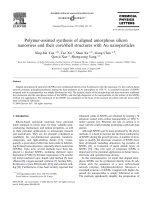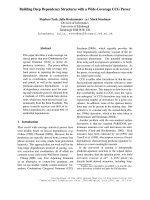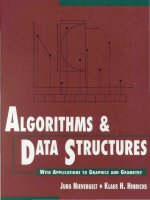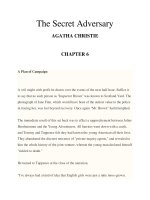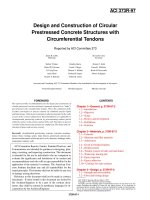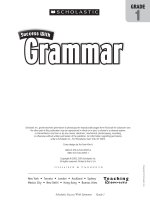Special structures with be
Bạn đang xem bản rút gọn của tài liệu. Xem và tải ngay bản đầy đủ của tài liệu tại đây (7.94 KB, 1 trang )
Special structures with be
Gone with be
After be, gone can be used like an adjective. This structure is used to say that somebody is away, or that
something has disappeared.
He has been gone for two hours – what do you think he is doing? (= He has been away for two hours.)
You may go out, but don’t be gone too long. (= You may go out, but don’t be away too long.)
When I reached home, he was gone. (= He had disappeared.)
When I came back my car was gone.
Be with finished
Finished can be used as an adjective after be, meaning ‘ready’. There is no difference between ‘I am finished’
and ‘I have finished’.
The ‘be + finished’ structure is more common in an informal style.
I’m nearly finished. OR I’ve nearly finished.
Been meaning ‘come’ or ‘go’
Been is often used as a past participle of come and go.
I haven’t been to the theatre for ages. (= I haven’t gone to the theatre for ages.)
Note that been is only used for complete visits. In other cases, we use come or go.
The postman has already been. (= The postman has come and gone away again.)
Stay on top of your writing! Download our grammar guide from www.englishgrammar.org to stay up-to-date.
Powered by TCPDF (www.tcpdf.org)

